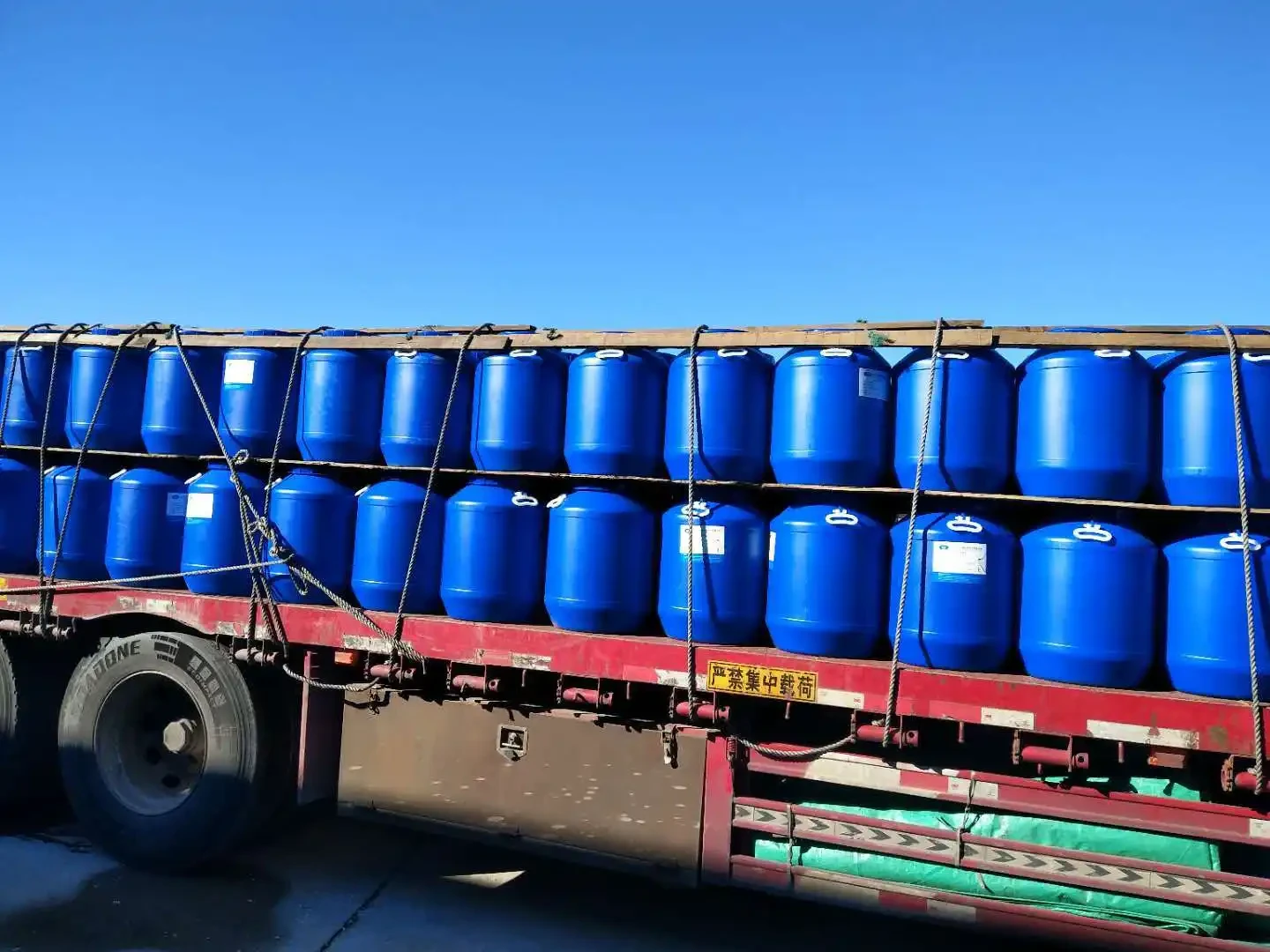The Significance of 2,2-Dimethyl-1,3-Propanediol in Modern Chemistry
2,2-Dimethyl-1,3-propanediol, commonly referred to by its abbreviated nomenclature, is a versatile compound that has garnered attention in the fields of organic chemistry and materials science. With the molecular formula C₅H₁₄O₂, this compound contains two alcohol functional groups, making it a diol. The structural configuration of 2,2-dimethyl-1,3-propanediol showcases a central propane backbone with two methyl groups substituted at the second carbon and hydroxyl (-OH) groups at the first and third carbons. This unique structure imparts specific characteristics that endow it with utility in various applications.
One of the most prominent features of 2,2-dimethyl-1,3-propanediol is its potential as a building block in the synthesis of more complex molecules. Its diol nature plays a critical role in polymer chemistry, particularly in the production of polyurethanes and polyesters. Polyurethanes, which are widely used in foams, elastomers, and coatings, benefit from the incorporation of 2,2-dimethyl-1,3-propanediol due to its ability to enhance flexibility and thermal stability in the resulting polymer chains.
Moreover, this compound serves as an effective plasticizer
. When blended with other materials, such as polyvinyl chloride (PVC), it improves flexibility and workability, making it an essential component in the manufacture of various consumer products including flooring, adhesives, and sealants. The inclusion of 2,2-dimethyl-1,3-propanediol can lead to enhanced mechanical properties, extending the lifespan and performance of the final product.In addition to its role in polymer production, 2,2-dimethyl-1,3-propanediol has also found applications in the field of specialty chemicals. It is utilized in the formulation of surfactants, which are critical for cleaning agents and detergents. The compound’s hydroxyl groups contribute to the efficacy of these surfactants, facilitating better interaction with water and oily substances. This characteristic is particularly crucial in the formulation of environmentally friendly cleaning products that aim to reduce the reliance on harsh chemicals.
2,2-dimethyl-1,3-propanediol

From a medicinal chemistry perspective, derivatives of 2,2-dimethyl-1,3-propanediol have been explored for their bioactive properties. Research into the compound's potential therapeutic applications is ongoing, with scientists investigating its interactions and effects at the molecular level. The diol structure can be modified to create analogs that may exhibit improved biological activity, leading to potential advancements in drug development.
Safety is always a primary concern when dealing with chemical compounds, and 2,2-dimethyl-1,3-propanediol is no exception. Toxicological studies suggest that the compound has a low toxicity profile, making it a favorable choice in various applications where safety is a priority. However, as with any chemical substance, appropriate safety measures should be a standard practice during handling and usage.
The growing interest in sustainable and environmentally friendly materials has also led to increased research into bio-based and renewable alternatives to traditional chemical feedstocks. 2,2-Dimethyl-1,3-propanediol can potentially be sourced from renewable biomass, aligning with the global shift towards greener chemistry practices.
In conclusion, 2,2-dimethyl-1,3-propanediol is a compound of significant importance in the chemical industry, particularly as a building block in polymer synthesis, a plasticizer, and a precursor for specialty chemicals. Its unique structure provides a pathway for innovative applications, ranging from material science to potential medicinal uses. As research continues to unveil its numerous benefits, the demand for this versatile compound is likely to increase, further solidifying its place in modern chemistry.

